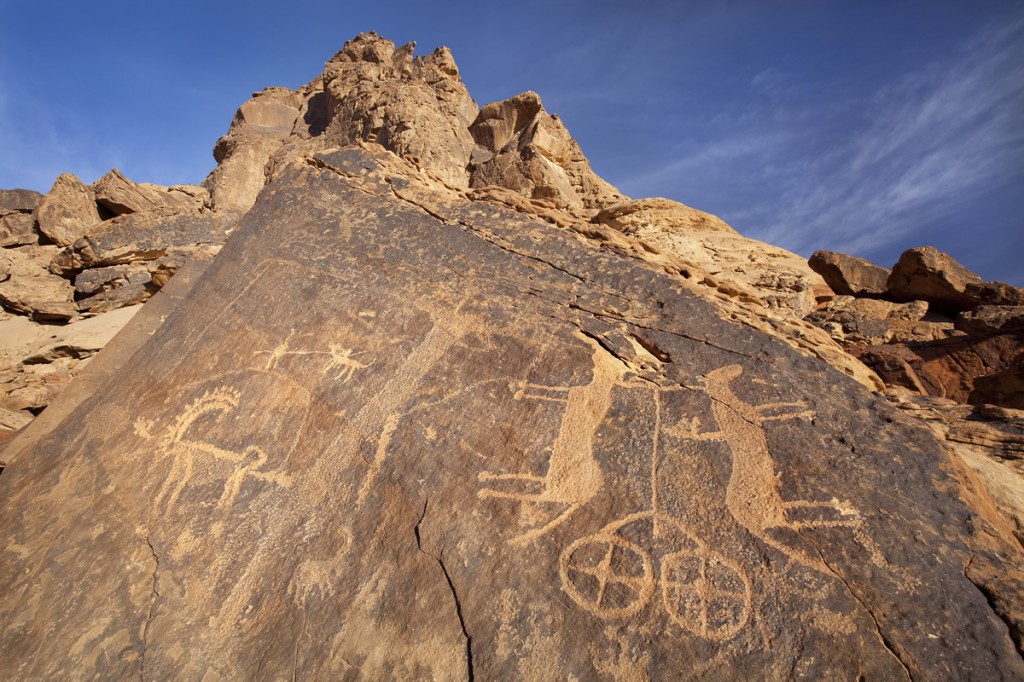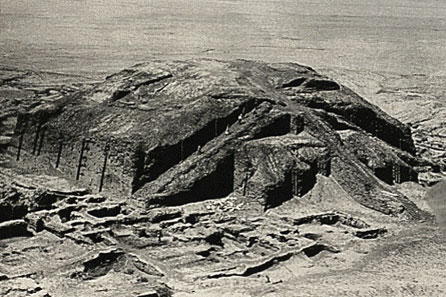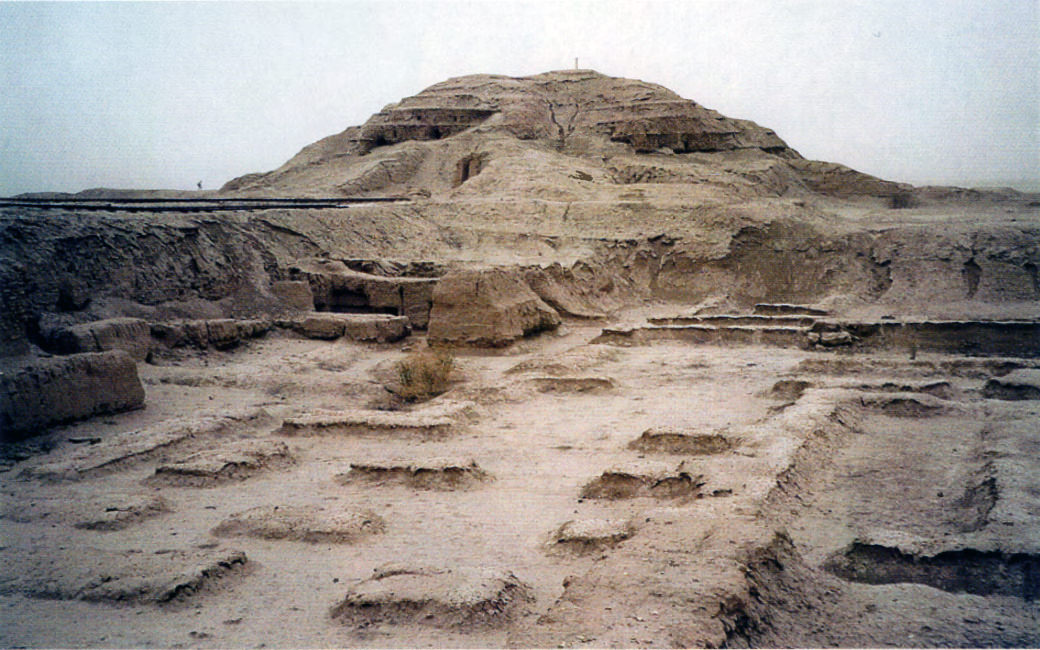Destruction of relics by Islam is not new.
The Destruction of the Church of the Holy Sepulchre in 1009The destruction of the Church of the Holy Sepulchre, churches, synagogues, torah scrolls and other religious artifacts and buildings in and around Jerusalem, was ordered on 28 September 1009 A.D. by the Fatmid Caliph Al-Hakim bi-Amr Allah, known as the "mad Caliph" or "Nero of Islam" On 29 September 1009, Al-Hakim ordered a governor or Ramla called Yarukh to demolish the area around Constantine's original Church of the Holy Sepulchre. Yarukh, along with his son Yusuf, Al-Husayn ibn Zahir al-Wazzan and Abu'l-Farawis Al-Dayf were among those who started destroying various buildings. The Church of the Holy Sepulchre was said to be built on the site of the Calvary or Golgotha where Jesus was alleged to have been crucified, over a rock-cut room that Helena and Macarius identified as the location of the resurrection. The destruction was chronicled by Yahya ibn Sa'id of Antioch who noted it "cast down as far as the foundations" and the rock cut tomb was demolished in the attempt to "cause all trace of it to disappear". All sacred remains and holy relics were "completely annihilated". Iron hammers were ineffectual against the bedrock foundations of the tomb, so they resorted to burning it with fire.
The Bezeklik Murals
There are 77 rock-cut caves at the site. Most have rectangular spaces with rounded arch ceilings often divided into four sections, each with a mural of the Buddha. The effect is of entire ceiling covers with hundreds of Buddha murals. Some murals show a large Buddha surrounded by other figures, including Turks, Indians and Europeans. The quality of the murals vary with some being artistically naive while others are masterpieces of religious art. Anti portrait Muslims had Buddhist portraits obliterated during the 1000s-1100s while Buddhism was replaced by Islam. The murals at Bezeklik have suffered considerable damage. Many of the murals were damaged by local Muslim population whose religion proscribed figurative images of sentient beings, the eyes and mouths in particular were often gouged out. Pieces of murals were also broken off for use as fertilizer by the locals. Bezeklik's Thousand Buddha Caves are an example of the religiously motivated vandalism against portraits of religious and human figures.
Attempted Demolition of the Pyramids of GizaAt the end of the twelfth century al-Malek al-Aziz Othman ben Yusuf, Saladin's son and heir, attempted to demolish the pyramids, starting with Menkaure's. The workmen whom Al-Aziz had recruited to demolish the pyramid found it almost as expensive to destroy as to build. They stayed at their job for eight months. They were not able to remove more than one or two stones each day at a cost of tiring themselves out utterly.
Colossus of Rhodes
In 653, an Arab force under Muslim caliph Muawiyah I captured Rhodes, and according to The Chronicle of Theophanes the Confessor, the statue was melted down and sold to a Jewish merchant of Edessa who loaded the bronze on 900 camels.
And this is just the tip of the iceberg.






















